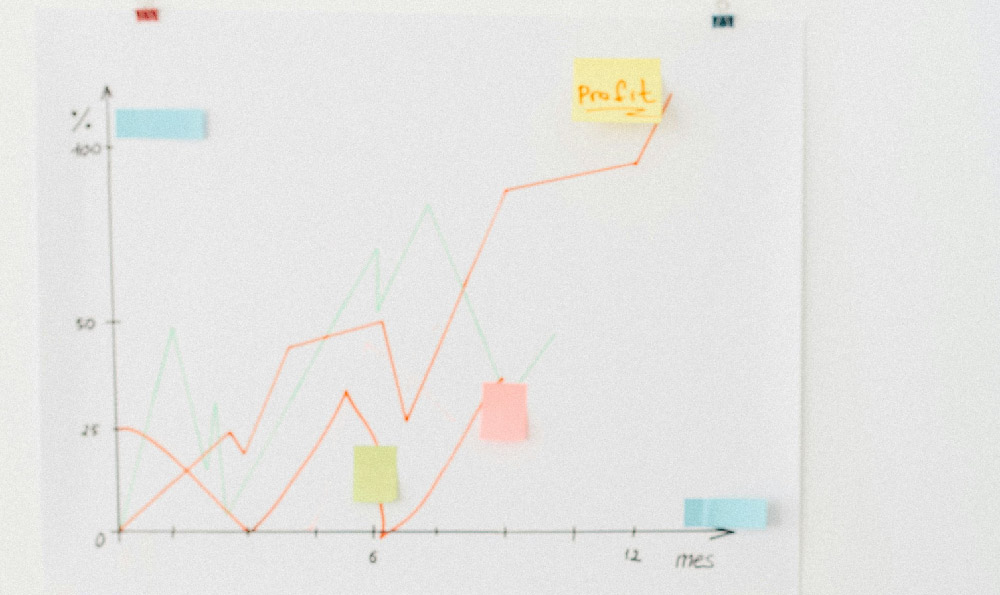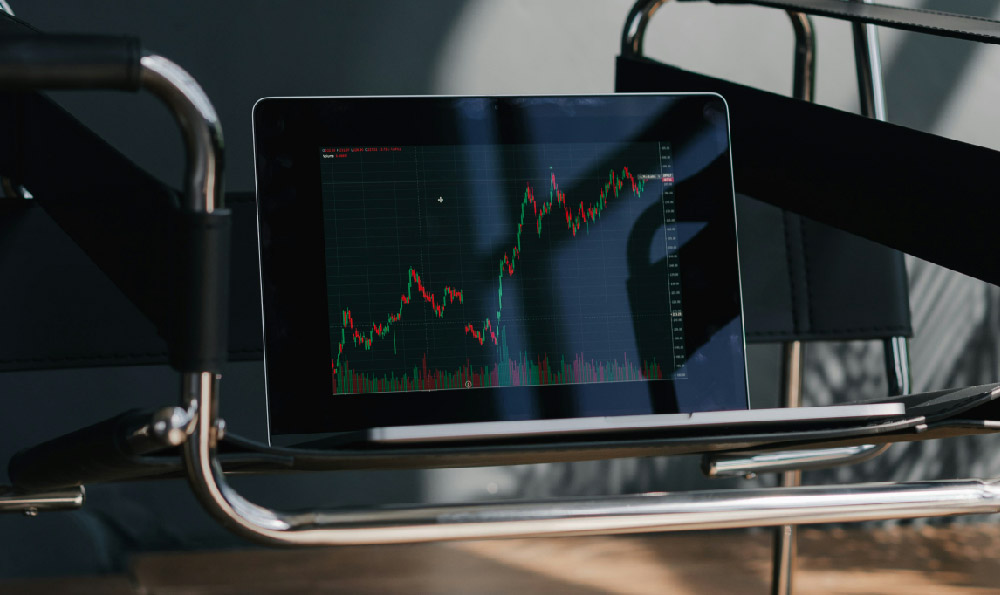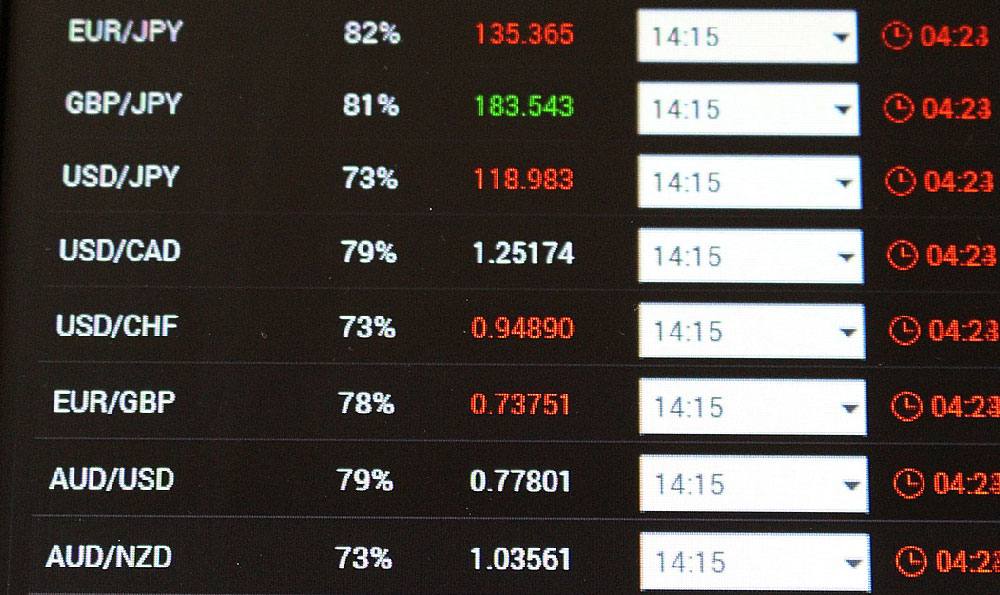Is a High-Risk Investment Characterized by High Returns, or High Losses?

High-risk investments are frequently painted with the alluring promise of extraordinary returns. However, understanding the nuanced relationship between risk and reward is crucial before venturing into such volatile terrains. It's a misconception to solely equate high risk with guaranteed high returns. In reality, high-risk investments are more accurately characterized by the potential for both substantial gains and equally substantial losses. The scale tips precariously on a razor's edge.
The allure of high returns often stems from the underlying nature of the investment itself. These investments typically involve assets with inherent volatility, nascent technologies, or emerging markets. For example, early-stage cryptocurrency projects, penny stocks, and venture capital investments all carry a high degree of uncertainty. The potential for exponential growth exists if the underlying project or company succeeds, capturing a significant market share or revolutionizing an industry. However, the flip side is equally compelling: the vast majority of these ventures fail. The technology may not mature as expected, competition could outmaneuver them, or simply the market may not be ready for the product or service being offered.
Consider the cryptocurrency market, a prime example of a high-risk, high-reward environment. While Bitcoin and Ethereum have delivered remarkable returns over the long term, their journey has been riddled with dramatic price swings and periods of prolonged decline. Smaller, less established cryptocurrencies, often called altcoins, offer the potential for even greater returns, but they also carry a higher risk of complete collapse. Many have already vanished, leaving investors with significant losses. The value of these assets is often driven by speculation, market sentiment, and technological advancements, all of which are inherently unpredictable.

Similarly, investing in emerging markets presents a high-risk, high-reward proposition. These markets often exhibit rapid economic growth and untapped potential. However, they are also subject to political instability, currency fluctuations, and weaker regulatory environments. The returns can be exceptional when these economies flourish, but investments can suffer significantly if faced with unforeseen crises.
Understanding the factors that drive both potential gains and potential losses is paramount for navigating high-risk investments. One must thoroughly research the underlying asset, the market it operates in, and the potential challenges it faces. This includes analyzing financial statements (if available), assessing the management team's capabilities, and understanding the competitive landscape. Due diligence is not merely recommended; it's an absolute necessity.
Moreover, risk management is crucial. A cornerstone of responsible investing, especially in high-risk areas, is diversification. Never put all your eggs in one basket. Spreading your investments across different asset classes, industries, and geographic regions can help mitigate the impact of a single investment going sour. Think of it as building a portfolio that can withstand shocks.
Another critical aspect of risk management is determining your risk tolerance. This involves understanding how much you are willing to lose before an investment negatively impacts your financial well-being and emotional state. Knowing your limits will guide your investment decisions and prevent you from taking on risks that are beyond your capacity to handle. It's crucial to separate the allure of potential gains from the reality of potential losses.
Furthermore, the concept of "time horizon" is closely tied to risk tolerance. High-risk investments often require a longer time horizon to realize their potential. Be prepared to hold onto your investments for several years, if not decades, to weather market fluctuations and allow the underlying assets to mature. If you need the money in the short term, high-risk investments are generally not suitable.
Beyond understanding the intrinsic risks of the underlying asset, it is also critical to be wary of scams and fraudulent schemes. The allure of quick riches often attracts unscrupulous individuals who seek to exploit unsuspecting investors. Be cautious of investments that promise guaranteed high returns with little or no risk. If it sounds too good to be true, it probably is. Always verify the legitimacy of the investment opportunity and the individuals involved. Consult with a financial advisor if you are unsure.
In conclusion, high-risk investments are not inherently characterized by high returns, but rather by the potential for both significant gains and significant losses. Success in this arena requires a deep understanding of the underlying asset, a robust risk management strategy, a realistic assessment of your risk tolerance, and a healthy dose of skepticism. It's about making informed decisions, not gambling on speculation. Approaching high-risk investments with a measured, analytical, and patient mindset is crucial to maximizing your chances of achieving financial growth while minimizing the potential for devastating losses. Treat these investments as calculated bets, not sure things, and always remember that capital preservation is as important as seeking high returns.















